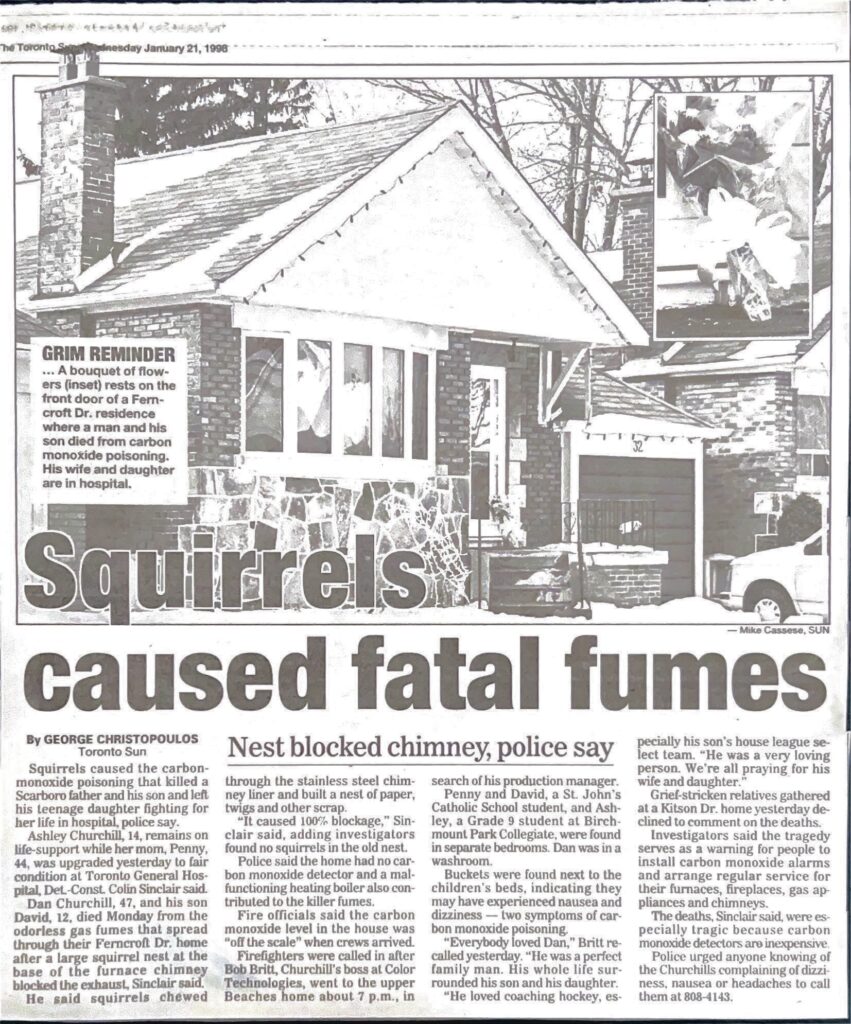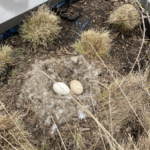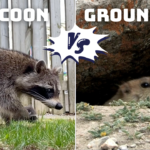Every January serves as a somber reminder of the tragic events that unfolded in a Toronto home in January 1998, claiming the lives of a father and son. As reported by the media, “waste baskets were next to their beds, bottles of nausea and pain relievers nearby. Dan and Penny Churchill believed they and their two children had all come down with a nasty flu bug.” However, their flu-like symptoms were actually the result of carbon monoxide poisoning. Investigators uncovered a two-foot deep squirrel nest blocking the furnace chimney, as the squirrels had chewed through the stainless steel chimney liner and constructed a nest of twigs, paper, and other materials. The chimney’s complete blockage prevented the furnace-generated carbon monoxide from venting properly, leading to its accumulation inside the living space. During that time, I was tasked with writing a report for the investigators detailing how I believed the squirrel entered the chimney and how the nest obstructed its interior.
With the shift to High Efficiency furnaces replacing older models that no longer require venting carbon monoxide up the chimney, some homeowners might overlook the potential danger. It’s crucial to note that, even if the furnace no longer vents up the chimney, the gas water heater often still does. Homeowners are urged to ensure the chimney top is adequately sealed to prevent animals from entering and potentially blocking the release of this lethal gas. Most importantly, irrespective of how the furnace or hot water tank is vented, every home must have a functioning carbon monoxide detector on every floor as heating appliances are known to fail.











